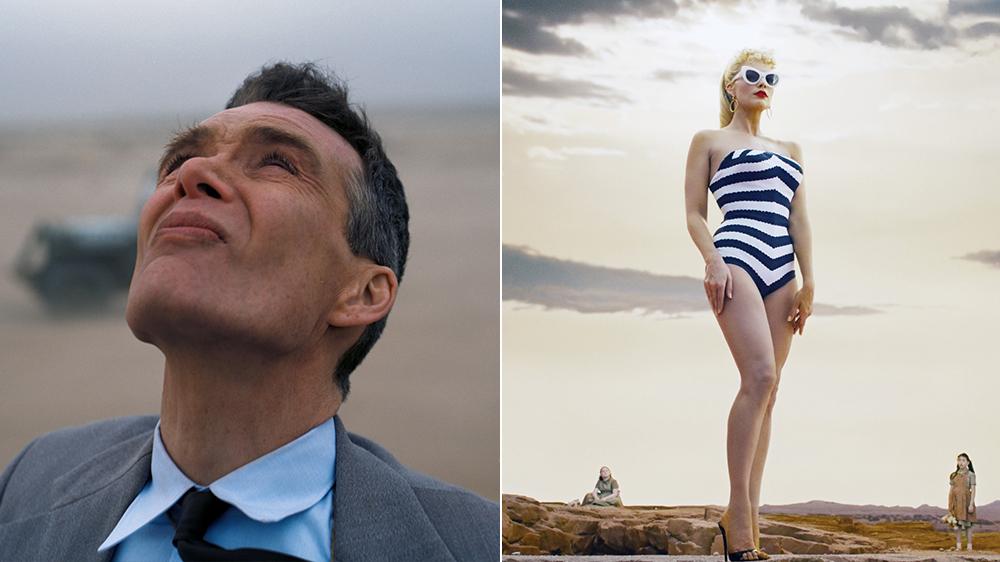When the history of films in the age of streaming, Covid, and the first double strike since 1960 is written, July 21, 2024, will be remembered as the uncommon date that is remembered as a box-office landmark. That was the day Hollywood unleashed two blockbuster weapons, one pink and the other dark, both of which reached their intended audiences and went boom.
One is a crazy postmodern comedy about a collection of dolls recognised for their bright pink clothes. The other is a gloomy biopic about the scientist who developed the first nuclear weapon during WWII. One has Margot Robbie and Ryan Gosling singing and dancing on a plastic beach. In the other, a skeletal Cillian Murphy is concerned that he will accidently eradicate the world around him. This is Barbenheimer’s summer.
The excitement for the release of “Barbie” was tremendous. Imagine if “Barbie” had been done in a typical manner by a standard filmmaker; it could easily have been a “Smurf” movie with nicer clothes. the idea of a movie about Barbie, Ken, and all their friends is not exactly one that has entertainment qualities as a movie for anyone above the age of 12.
Barbenheimer feels more like a nostalgia trip than the start of a bright new era.

You need a director like Greta Gerwig to do it because she had the industry power and the pop sense to turn ‘Barbie’ into an explicitly funny carnival of feminist surrealism using a doll’s house as a rabbit hole. Barbie is not just a plaything; she is a metaphysical projection of feminine ideals that also has the effect of undermining who women are. This is acknowledged in the candy-coloured Dreamhouse burlesque that both adores and resents Barbie, plays with patriarchy while treating Ken as the movie’s most complex character, and has the intelligence to recognise this.
After all, Nolan is known for supporting analogue film and opposing the development of digital technology, whereas Barbie draws on the sentimental appeal of a doll that has been around for years. The yin and yang of the twenty-first century appear to be expressed in the two films. We take our naive playthings deadly seriously as a culture because we are as serious as the atom bomb and as superficial as Barbie.
Barbie and Ken have just as much existential crisis in the film as J. Robert Oppenheimer does in his.
If the box-office success of “Barbie” sends an essential message that allowing a great filmmaker to drown in the strength of her quirkiness works as an economical proposition, the box-office success of “Oppenheimer” sends a different message, reminding us that we still live in a heady and sober culture in which a three-hour talkfest on the life and work of J. Robert Oppenheimer, the father of the atom bomb, can captivate audiences in the same way that films from the 1970s or 1990s used to. The film business is in disarray as a result of the Covid-19 and the ongoing writers’ and actors’ strikes. Barbenheimer feels more like a nostalgia trip than the start of a bright new era.

These two films, which have nothing in common other than the power and passion that inspired them, have arrived at the exact moment amid our ideal strike of entertainment-industry catastrophe. Long after their theatrical runs are gone, ‘Barbenheimer’ will serve as a benchmark to remind everyone why we attend to the movies: not just to relive some old memories, but to immerse oneself in a vision, to live life in the grip of an artist for two hours (or maybe three).
Apart from the buzzy fireworks of success, there’s a lesson here that the industry should remember and embrace. The lesson is that none of this works until we give artists the freedom to follow their muse and convey what’s in their soul. The rest is simply algorithms.













